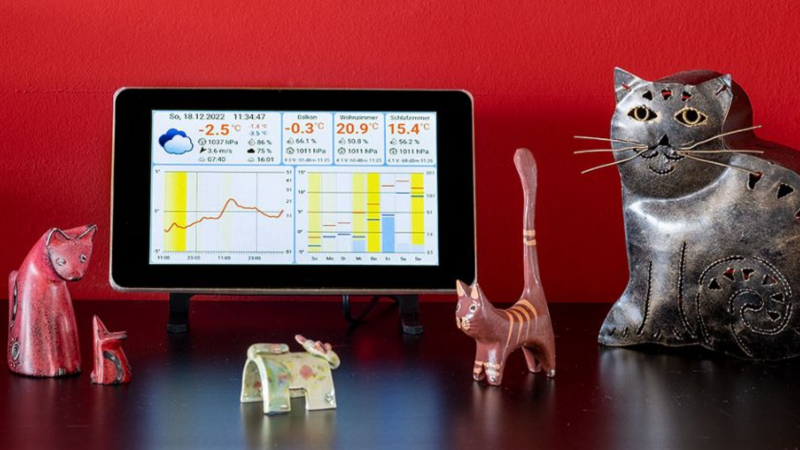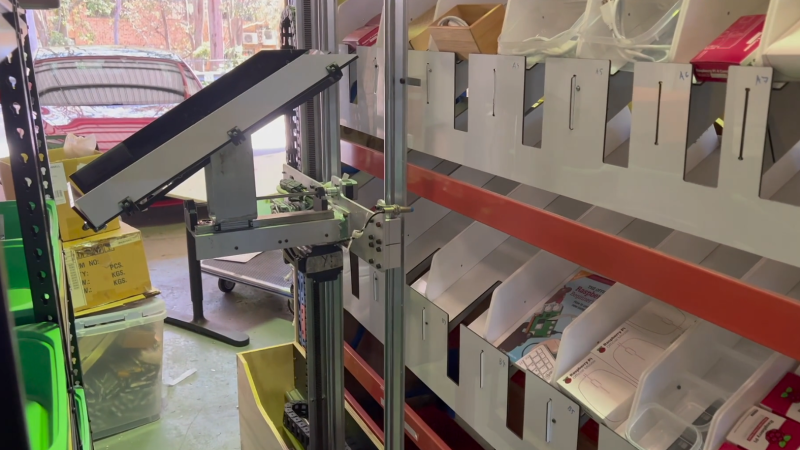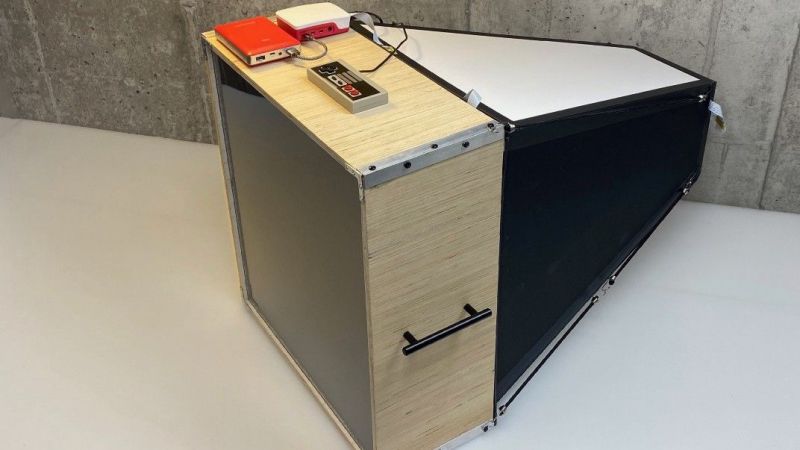Raspberry Pi Weather Station Features Wireless Sensor Nodes

Online weather services are great for providing generic area forecasts, but they don’t provide hyperlocal data specific to your location. [Harald Kreuzer] needed both and built a Raspberry Pi Weather …read more Continue reading Raspberry Pi Weather Station Features Wireless Sensor Nodes

